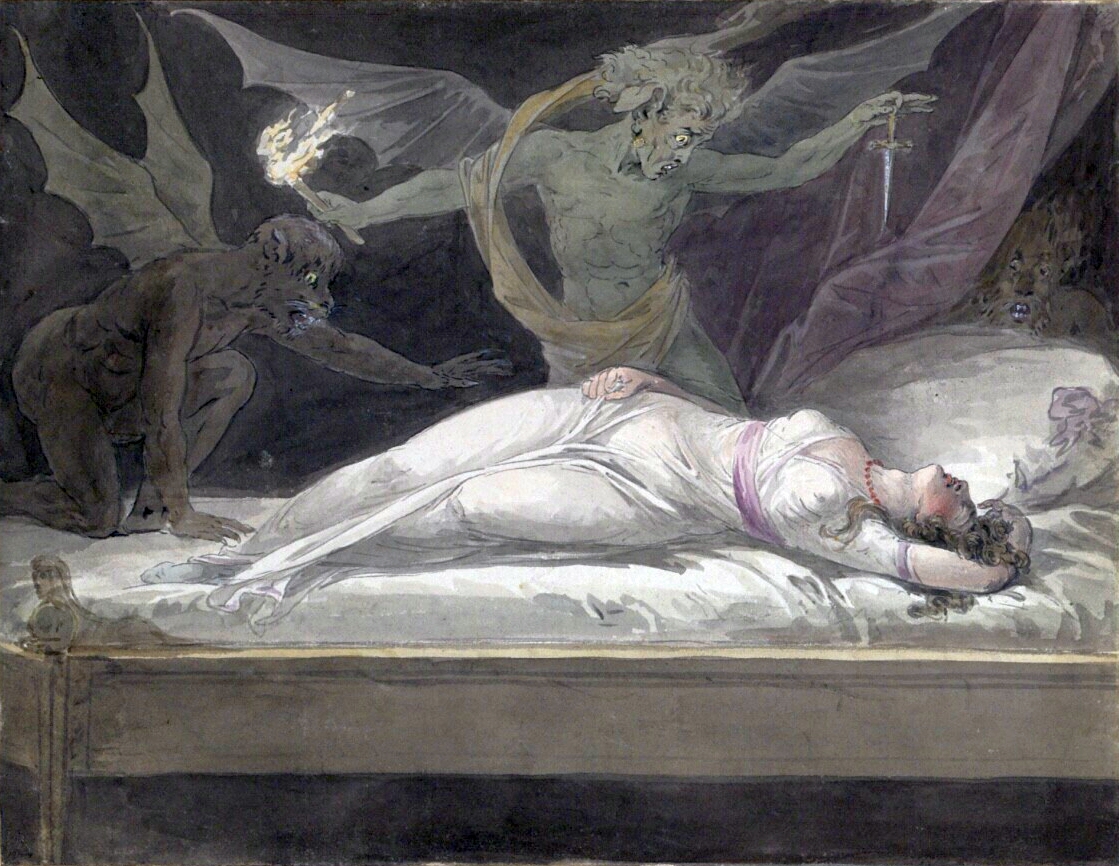In Lewis Carroll’s Through the Looking-Glass, there is a scene where the Red Queen says to Alice: “It takes all the running you can do, to keep in the same place”. Essentially, it means to spend all the effort you can just to keep the status quo. In life, there are so many times when it seems like you’re frantically running just to realise that no progress has been made. Interestingly, the same rule is seen in biology and evolution.
The simple rule of natural selection is that the best adapted species wins. Unfortunately, this means that no matter how well you are doing in the environment, as soon as another species becomes better adapted to a new change, you become the lesser species and eventually destroyed. To prevent this, a species must continuously evolve and adapt just to stay in the same position. Nature despises stagnancy and loves progress. For example, a predator always strives to evolve to better catch the prey while the prey evolves to avoid the predator. This cat-and-mouse arms race allows for continuous evolution and ever-improving fitness. This is the Red Queen’s Hypothesis.
A fascinating extension of the hypothesis is that it may be a cause for having sex. Sex is one of the most intuitive inventions of Mother Nature that allows for massive genetic variation. The Red Queen Hypothesis has been used to suggest that this may have evolved to speed up the process of evolution so that hosts could beat parasites in the ongoing arms race. The greatest act of love may simply be a mechanism for us to stay competent in this ever-changing world.










